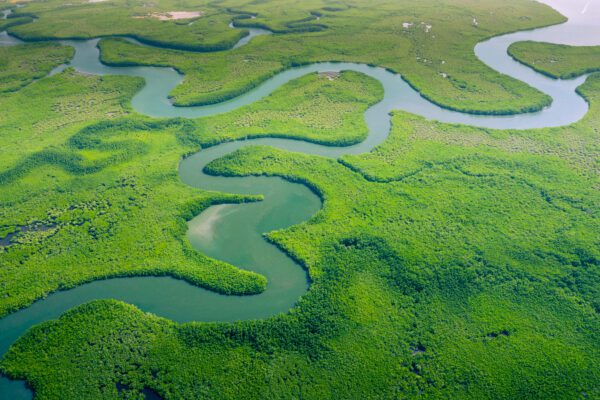
How can windfarms be better for biodiversity?
Offshore wind farms, when carefully designed and managed, can not only generate clean energy but also actively support and improve marine biodiversity.
Offshore wind farms, when carefully designed and managed, can not only generate clean energy but also actively support and improve marine biodiversity.
While there are environmental risks associated with their construction and operation, a growing body of evidence shows that they can become net positive contributors to ocean ecosystems — especially if conservation principles are embedded throughout planning, build, and decommissioning phases.
The Ecological Risks of Offshore Wind
During construction, offshore turbines can cause underwater noise, sediment disturbance, and vibration — all of which may displace or harm marine mammals, fish, and benthic communities (ocean floor ecosystems). The installation of foundations and cabling can rework the seabed, potentially reducing habitat quality for soft-sediment species.
Cables also emit electromagnetic fields (EMFs), which could affect species such as elasmobranchs (like rays) or other fish sensitive to magnetic navigation[1]. Seabirds may collide with turbine blades, or be displaced from feeding and breeding areas, while increased vessel traffic could further disturb marine life.
A recent UNEP-WCMC review highlights that migratory species, such as porpoises and cod, can be particularly affected, especially during construction, due to noise and changes in migratory routes.
How Offshore Wind Farms Benefit Marine Biodiversity
Critically, however, many studies show positive ecological effects once wind farms are operational:
- Artificial reef (“reef effect”)
Turbine foundations introduce hard substrate into otherwise soft-sediment seascapes. This encourages colonization by biofouling communities — barnacles, mussels, macroalgae, and other species — which increases habitat complexity. These hard-structure communities serve as foraging grounds and shelter for fish, invertebrates, and even larger predators. - Refuge from fishing
Many wind farms restrict bottom-trawling and other damaging fishing activities for safety reasons, unintentionally creating de facto marine reserves. Reduced fishing pressure allows benthic species and fish populations to recover and aggregate, contributing to higher abundance. - Increased species richness and abundance
Life-cycle studies in the North Sea show that replacing soft sediment with hard structures can double species richness and boost abundance by orders of magnitude around foundations. Such biodiversity gains appear to persist during the operational life of the wind farm. - Ecosystem services and productivity
Filter-feeding organisms colonising turbine foundations act like “biofilters,” capturing particles from the water and enhancing nutrient cycling. In some modelling studies, this has even been linked to local enhancements in primary productivity.
How Offshore Wind Can Be Better for Biodiversity: Principles & Design
To maximise biodiversity benefits while minimising harm, wind farms should be planned and operated using nature-inclusive design:
- Strategic siting: Avoid sensitive areas like marine mammal migration routes, seabird hotspots, or ecologically critical seabed habitats.
- Nature-based scour protection: Instead of plain rock or concrete, use reef-like structures (designed blocks or modules) that provide habitat for marine life.
- Mitigating construction noise: Use methods like bubble curtains, or reduce pile driving in sensitive seasons to protect mammals and fish.
- Design for co-use: Promote co-location of aquaculture (e.g., shellfish or seaweed) within wind-farm boundaries, turning the farm into a multi-functional marine space.
- Long-term monitoring: Implement biodiversity monitoring before, during, and after construction — for benthic communities, fish, mammals, and birds — and adapt management protocols as needed.
- Decommissioning with care: Retain structures that provide long-term ecological value where safe and beneficial, rather than removing everything indiscriminately.
Offshore wind farms need not be a trade-off between clean energy and marine nature. Instead, with smart design and stewardship, they can become biodiversity assets.
The “reef effect” created by turbine foundations supports new, rich communities; reduced fishing pressure allows ecosystems to rebuild; and nature-sensitive planning can minimise harm to sensitive species.
As the offshore wind sector scales, integrating ecological considerations offers a path for win–win outcomes: accelerating the energy transition while enhancing marine life.
If you have any questions or would like to discuss how our experts could best support you, please contact our ESG consultants today.










